Are you using compound fertilizer to fertilize flowers in the right way?
Do you use compound fertilizer to fertilize flowers correctly? Compound fertilizer is a commonly used and universal balanced fertilizer for flower cultivation, but some flower lovers are not very clear about the correct use method. If the fertilization method is incorrect, the timing is wrong, and the amount is too much, it will cause irreparable damage to the flowers. The following is my summary of the fertilization method
1. Proportion and dosage: The compound fertilizer used for flower cultivation has a nitrogen, phosphorus and potassium content ratio of 15:15:15, and the various elements are relatively balanced. The amount used each time should not be too much. For example, 0.5 grams for a flower pot with a diameter of less than 15 cm, 1 to 1.5 grams for a flower pot with a diameter of 17 to 24, and 2 to 3 grams for a flower pot with a diameter of 25 to 32 are relatively safe amounts.
2. Specific fertilization method: One is to bury it shallowly along the edge of the pot away from the roots, which is suitable for woody plants; the second is to dilute it with water and irrigate the roots. The fertilizer-water ratio is 1:1000, that is, one gram of fertilizer is mixed with one kilogram of water. This is fast absorption and relatively safe, suitable for most plants.
3. Taboos on fertilization: First, do not sprinkle directly on the surface of the potting soil, as it is not easy to dissolve, is slowly absorbed, and has low fertilizer efficiency; second, avoid fertilizing during high temperature periods and rainy days; third, it is best not to spray compound fertilizer on the leaves; fourth, do not fertilize sick and weak seedlings; fifth, do not mix fertilizers with the same or similar effects at the same time. Sixth, do not use a single fertilizer for a long time. It is best to use different fertilizers at different stages to achieve good results and improve fertilizer utilization.
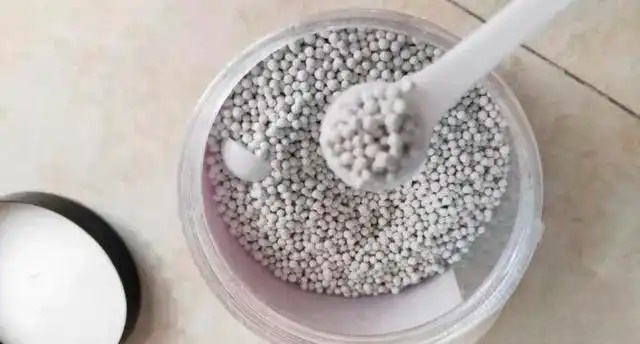
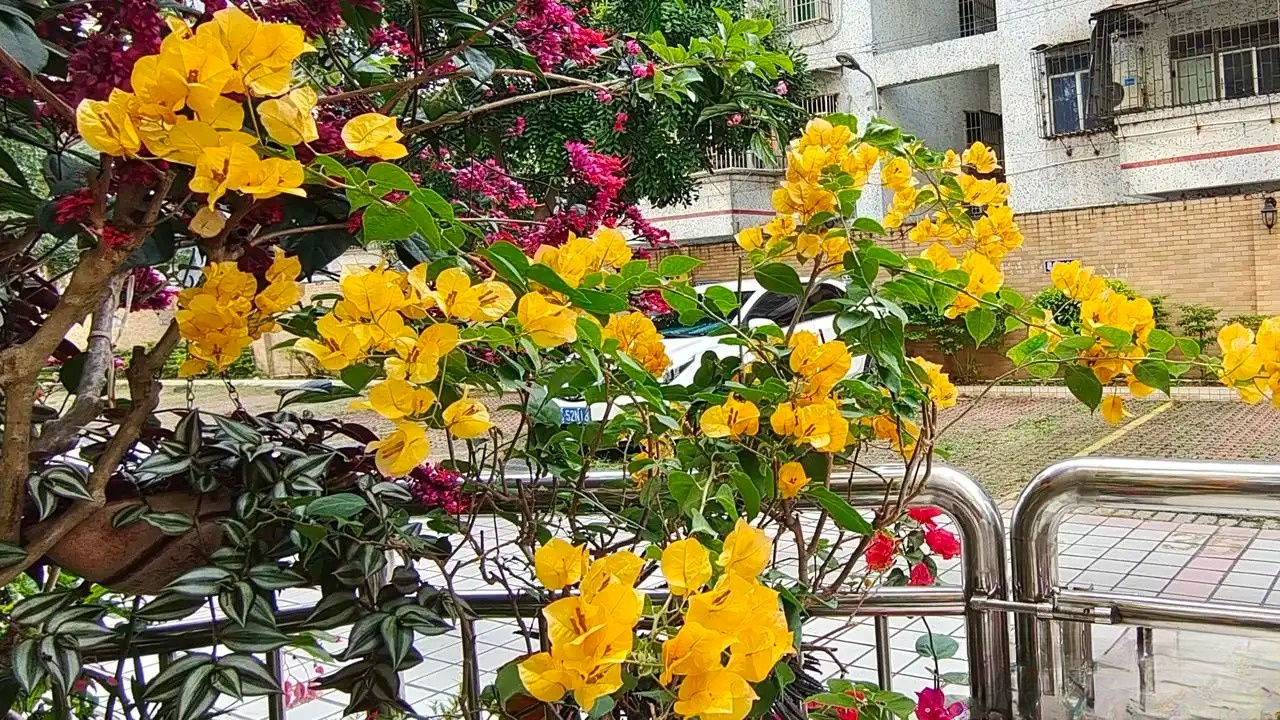
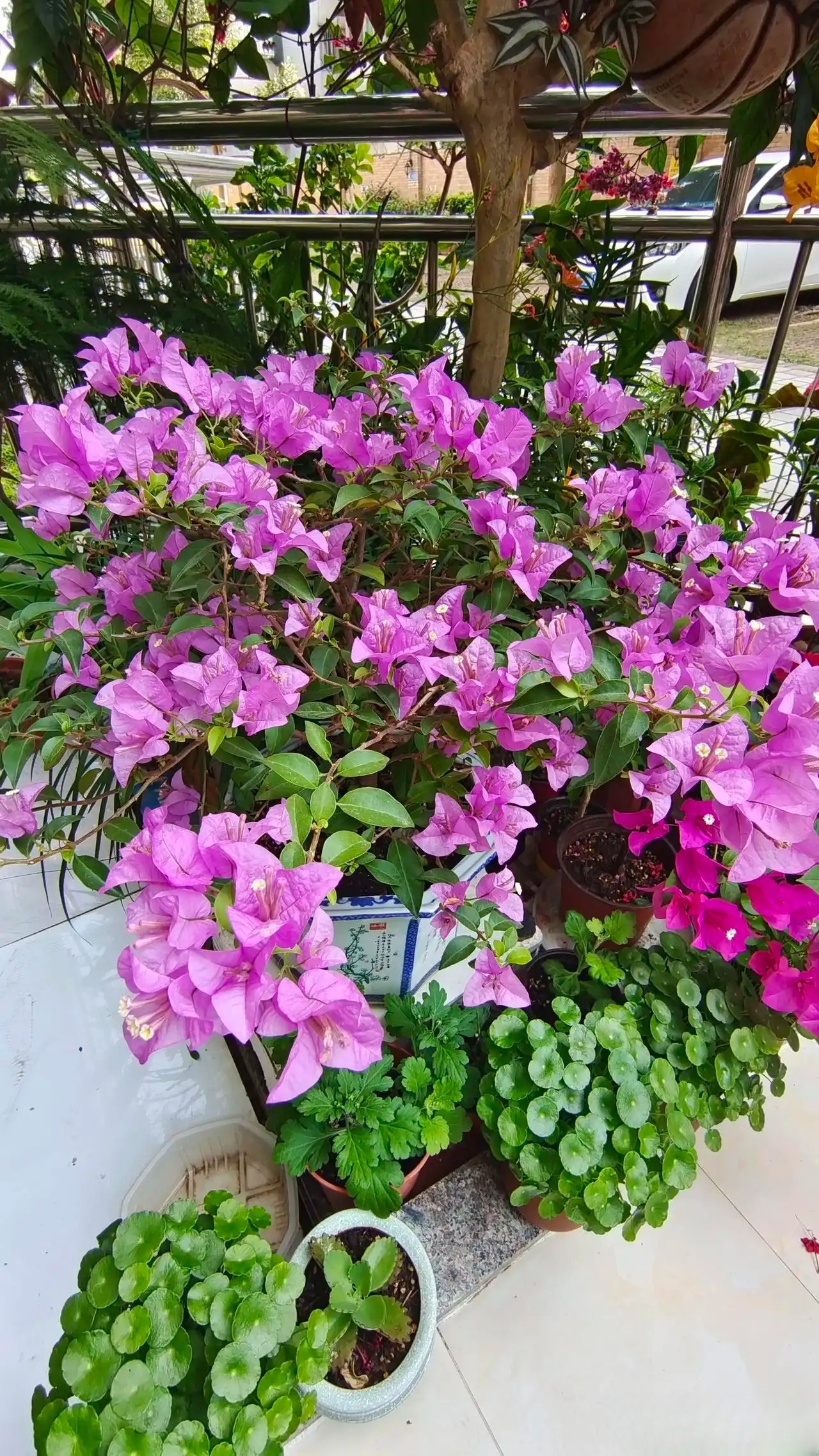
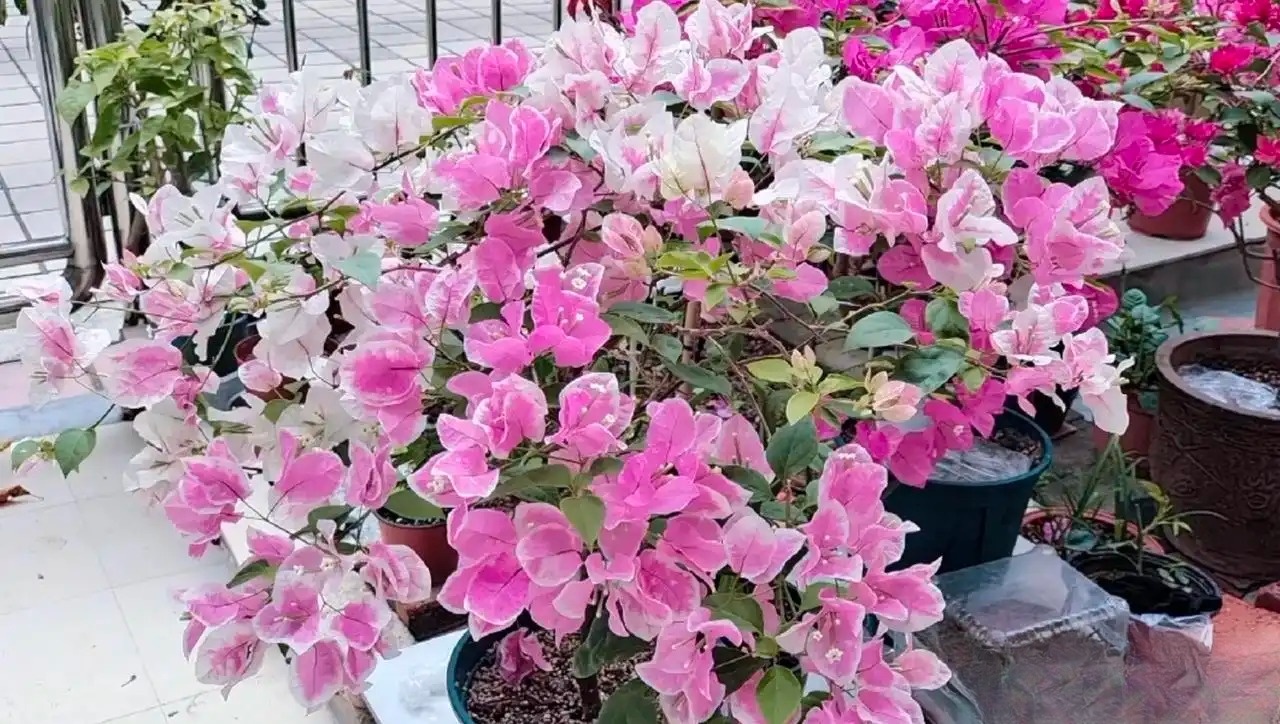
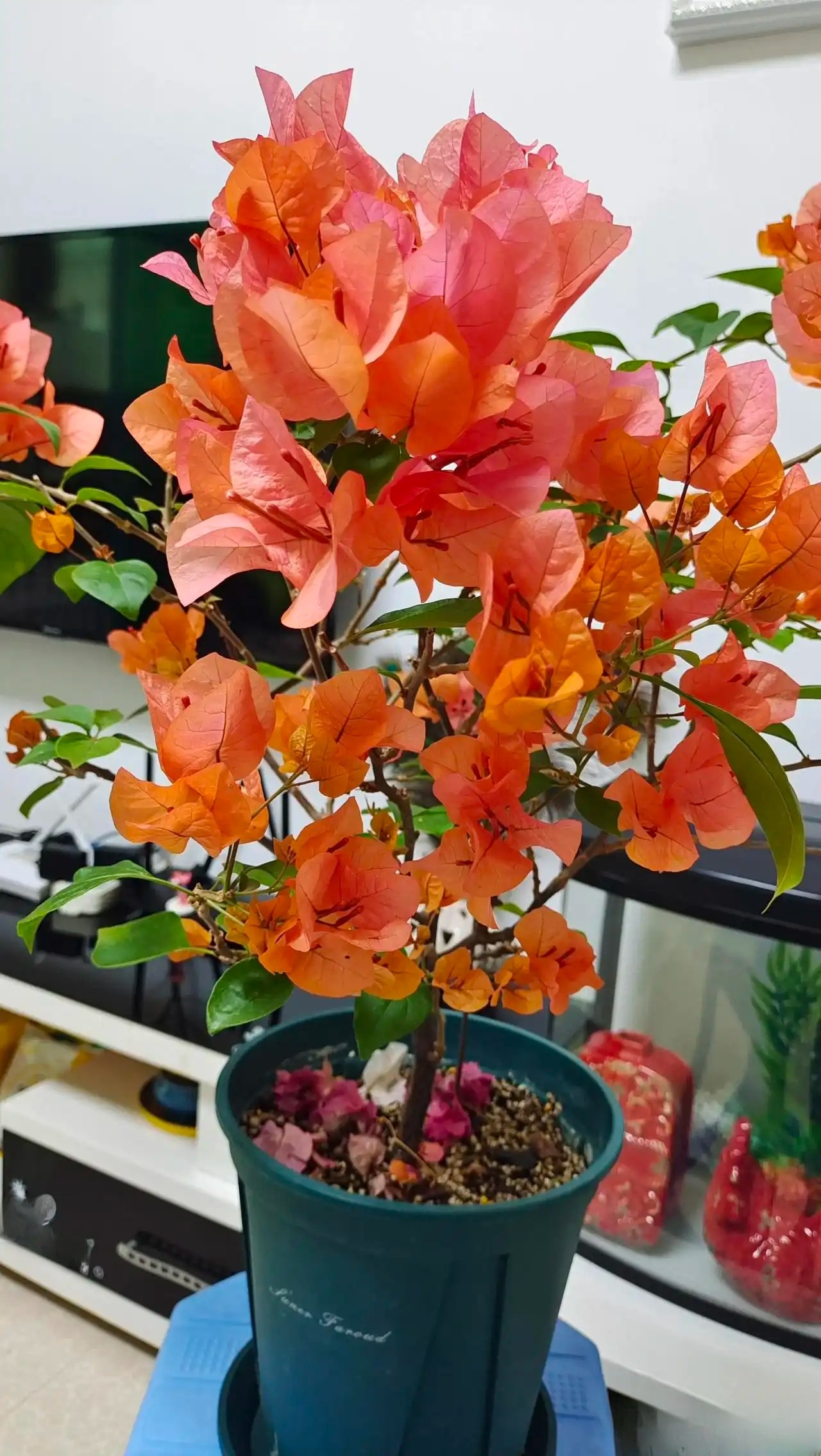
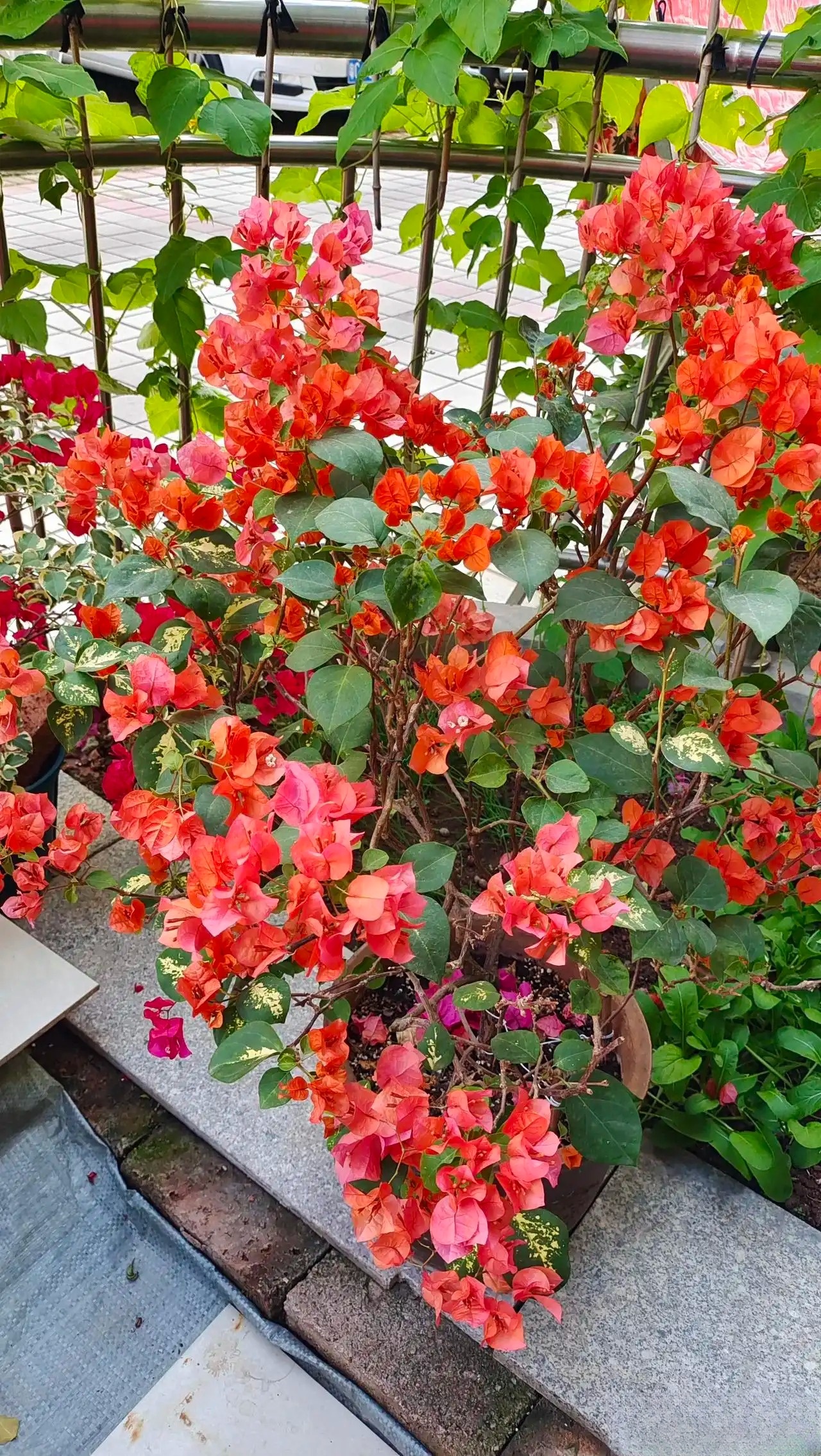
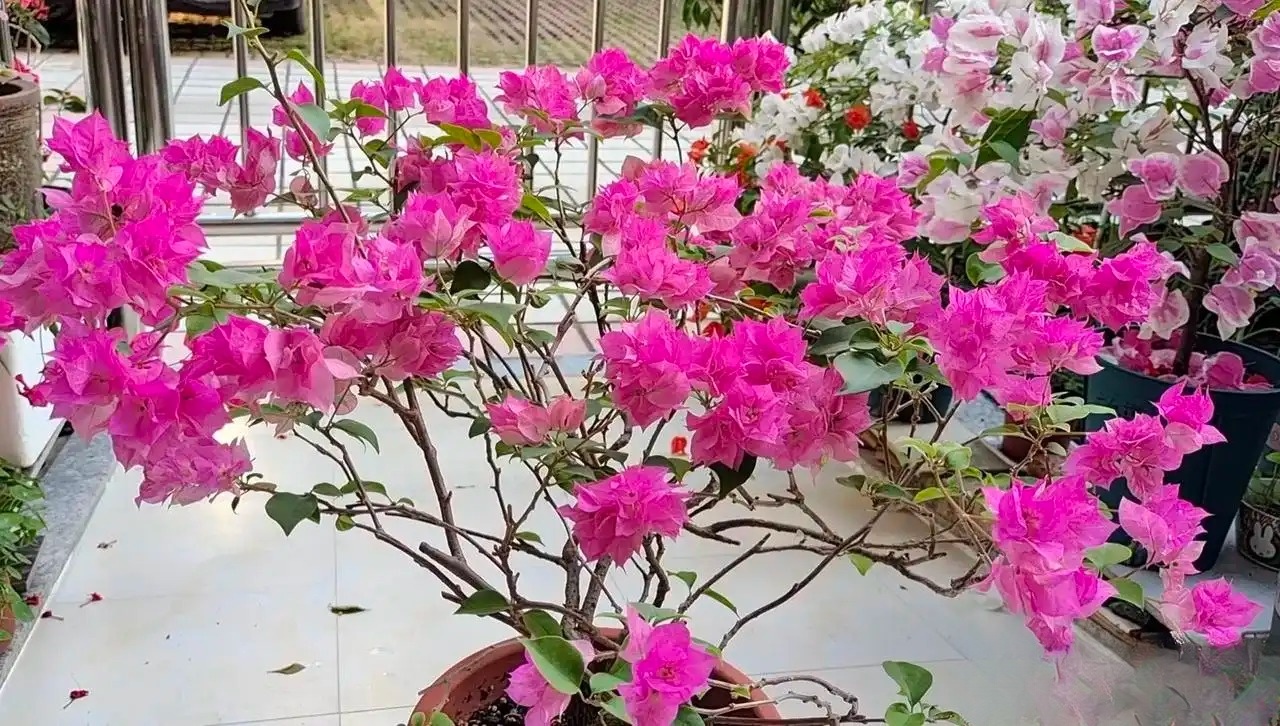
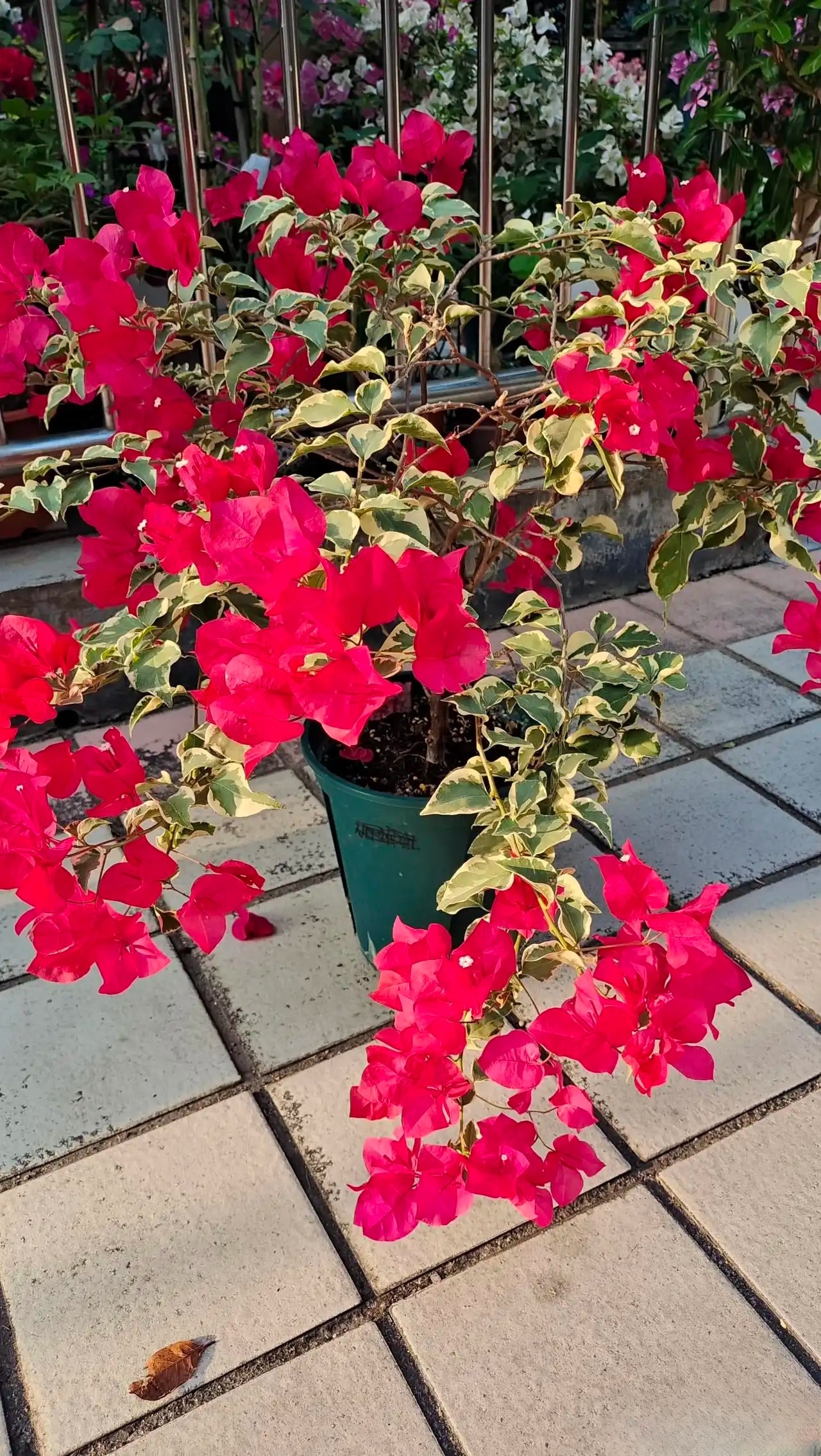
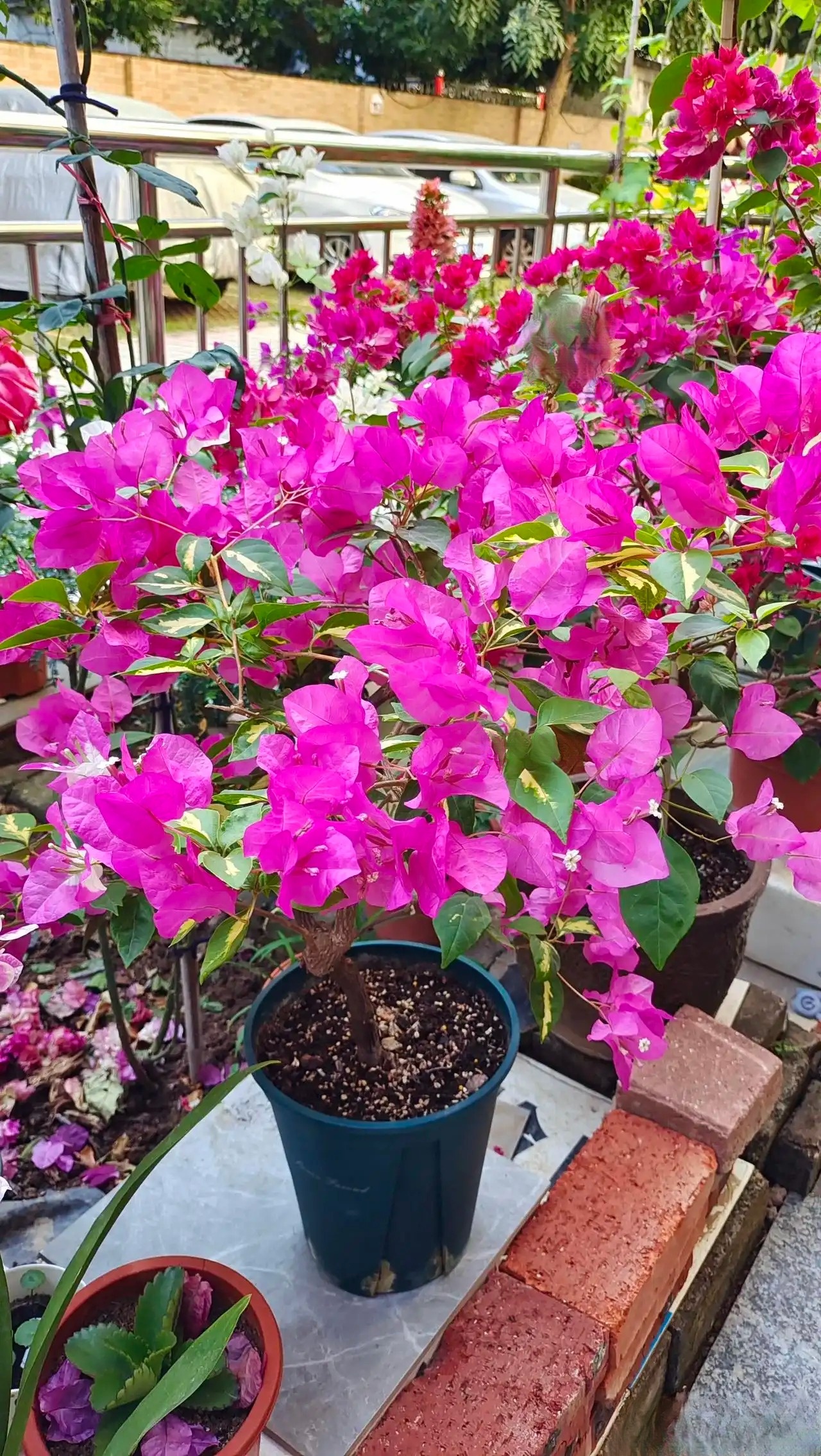
Gardening
Flower Gardening
1. Proportion and dosage: The compound fertilizer used for flower cultivation has a nitrogen, phosphorus and potassium content ratio of 15:15:15, and the various elements are relatively balanced. The amount used each time should not be too much. For example, 0.5 grams for a flower pot with a diameter of less than 15 cm, 1 to 1.5 grams for a flower pot with a diameter of 17 to 24, and 2 to 3 grams for a flower pot with a diameter of 25 to 32 are relatively safe amounts.
2. Specific fertilization method: One is to bury it shallowly along the edge of the pot away from the roots, which is suitable for woody plants; the second is to dilute it with water and irrigate the roots. The fertilizer-water ratio is 1:1000, that is, one gram of fertilizer is mixed with one kilogram of water. This is fast absorption and relatively safe, suitable for most plants.
3. Taboos on fertilization: First, do not sprinkle directly on the surface of the potting soil, as it is not easy to dissolve, is slowly absorbed, and has low fertilizer efficiency; second, avoid fertilizing during high temperature periods and rainy days; third, it is best not to spray compound fertilizer on the leaves; fourth, do not fertilize sick and weak seedlings; fifth, do not mix fertilizers with the same or similar effects at the same time. Sixth, do not use a single fertilizer for a long time. It is best to use different fertilizers at different stages to achieve good results and improve fertilizer utilization.








